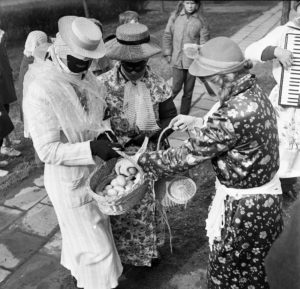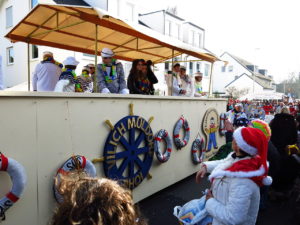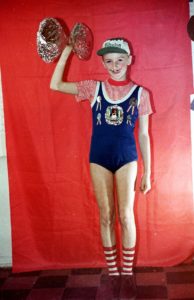Carnival season in Hungary – Costumes and traditions – PHOTOS

Back in the day, having fun, dancing, and laughing were mandatory at Hungarian carnival celebrations. For centuries, the carnival season has been the period when people say goodbye to winter and welcome spring.
Sokszínű Vidék reported that the cold, grey winter season usually makes people depressed, which is why they are looking for some fun to cheer themselves up. This was the main reason carnivals were born, and the old traditions are still alive in many countries.
The main ingredients of these carnivals are dancing, marching on the streets, and dressing up in costumes.


In Hungary, the tradition of marching on the streets has not been developed. On the contrary, in German regions, people usually walk on the streets in their costumes or usually stand on a truck and throw some candies and chocolate on the street for adults and children.
This is called the Karnevalszug and consists of dancers, students, associations, and musicians.

The tradition of carnivals comes from the era before Christianity, but today, it is a part of the Catholic Church’s celebrations. Its starting and final day are always different as the dates in the Gregory calendar change every year.
Men often dress up as women and women as men to make the carnival funnier.
In the medieval era of Hungary, carnivals were extremely popular and were excellent events for getting to know people and to find your future husband or wife. This is why the main factor of these celebrations was getting engaged.
The most popular costumes were usually musicians, knights, fairies, princes, princesses, while others dressed up as a butterfly or a clown.


For Hungarian students, the carnival season was also really important and usually celebrated in the school. On these occasions, the children showed their costumes, danced, ate, and had fun. As clothing stores had a small variety of clothes in Hungary in the ’60s and ’70s, children’s costumes were usually made by their mothers at home.
Featured image: Wikimedia Commons by Museu da Imigracao de São Paulo
Source: www.sokszinuvidek.24.hu








